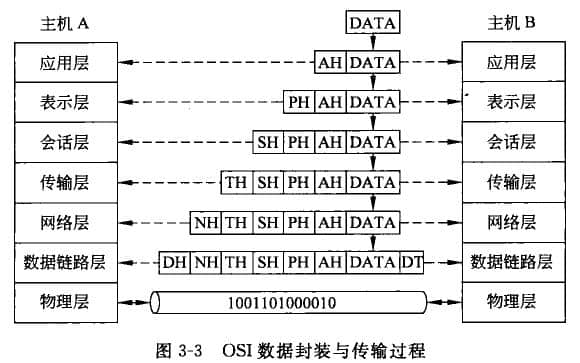-
simplified Chinese character -
Simplified Chinese English
Shangpin China Joins Hands with Beisheng Internet to Create a New Chapter in Website Construction
OSI data transmission

Station building process
-
Website requirements -
Website planning scheme -
Page design style -
Confirm delivery for use -
Data entry optimization -
Program design and development -
Follow up service -
contact number 010-60259772
Hot tags
-
Website construction -
Food website construction -
WeChat applet development -
Applet development -
Wuxi website construction -
Website construction of research institute -
Shenyang website construction -
Langfang website construction -
Zhengzhou website construction -
Construction of wedding photography website -
Mobile terminal website construction -
University website production -
Tianjin website construction -
Education website construction -
Brand website construction -
Government website construction -
Beijing website construction -
Website Design -
Website production
Latest articles
-

Website construction scheme: Fresh makeup aesthetics website Type: website construction 2025-03-13 -

Enterprise website construction plan: create a new business card for the network and open the digital future Type: website construction 2025-03-11 -

High end website production solution Type: website construction 2025-02-18
Recommended News
-
A Baidu spider visited the website 117 times a day and was killed Beijing website construction company Shangpin China: A Baidu spider visited the website 117 times a day, and the platform was single 2013-08-20 -
How to analyze your SEO website to optimize competitors Beijing website construction company Shangpin China: You have had the feeling that no matter what you do, you are not a website producer 2013-02-17 -
What are the benefits of using interactive content in website construction design? Conversion rate represents the ultimate goal of digital marketing experts and search engine optimization. Therefore, content creators, writers 2021-04-01 -
How does SEO optimization work after website construction? one Some enterprises think that they can achieve a certain amount of sales after the completion of website construction, which can bring a steady stream of sales 2020-08-01 -
Experience sharing of school website construction Beijing Website Construction Company Shangpin China: School website construction is an important aspect of school education informatization construction 2013-08-14 -
Several Misunderstandings in Enterprise Network Marketing Don't wait for customers to knock: more and more enterprises choose search engine bidding products. Most enterprises purchase 2013-07-10
Make an appointment with a professional consultant to communicate!
Disclaimer



